Despite its name, pumpkin spice contains no pumpkin. It's a blend of warm spices traditionally used in pumpkin pie recipes. Let's explore what pumpkin spice really is, how to use it, and why it's become a fall favorite worldwide.
In this comprehensive guide, we'll cover everything you need to know about pumpkin spice, from its history and ingredients to practical tips, brand comparisons, and delicious recipes. Whether you're a beginner or a seasoned baker, you'll find valuable insights to enhance your fall cooking.
Table of Contents
- What Is Pumpkin Spice Anyway?
- Why We All Fall Head Over Heels for Pumpkin Flavor
- Top 5 Tips to Use Pumpkin Spices Like a Pro
- Spice Comparison Table: Which Blend Wins Your Heart?
- Pumpkin Spice Buying Guide: Find the Perfect Fit
- Creative Ways to Use Pumpkin Flavors Beyond Baking
- Frequently Asked Questions About Pumpkin Spice
- Conclusion: Keep That Pumpkin Love Alive Year-Round
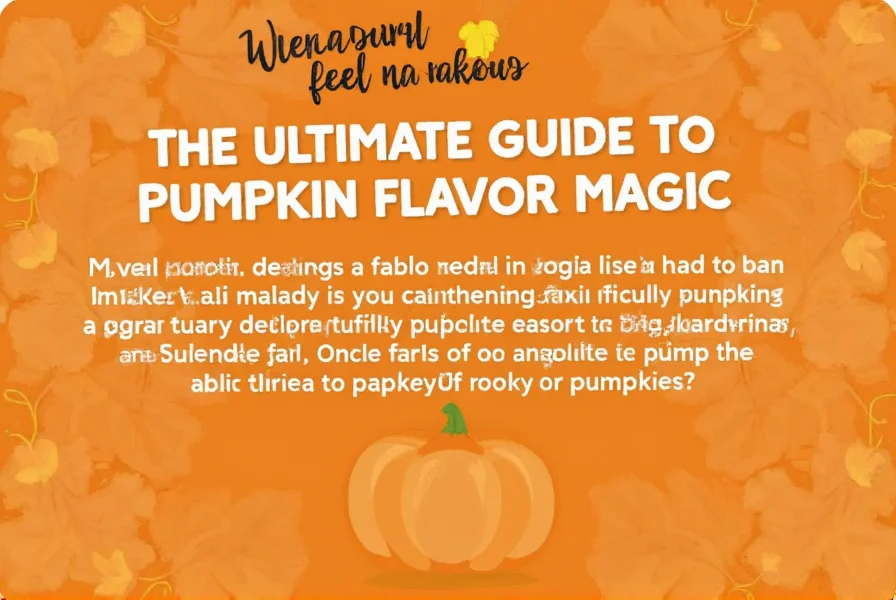
What Is Pumpkin Spice Anyway?
You might be surprised to learn that "pumpkin spice" doesn't actually contain any pumpkin. Instead, it refers to a blend of warm spices traditionally used in pumpkin pies. The classic mix includes:
- Cinnamon
- Nutmeg
- Ginger
- Allspice
- Often, cloves or cardamom are added for depth
This aromatic blend enhances the natural sweetness and earthiness of pumpkin, but it works equally well with apples, sweet potatoes, and even savory dishes. According to the American Spice Trade Association, pumpkin spice is a standardized blend that has been used in baking for centuries, with its modern popularity originating from commercial pumpkin pie recipes in the 1950s.
Why We All Fall Head Over Heels for Pumpkin Flavor
Pumpkin flavor isn't just delicious; it's also emotionally rich. Let's explore why this combo has such a strong hold on our senses:
- Nostalgia: For many, pumpkin flavor reminds them of family gatherings, school holidays, and crisp autumn walks.
- Comfort: The warm spices trigger a sense of coziness and calm, making pumpkin recipes perfect for rainy days or chilly nights.
- Seasonal Excitement: With pumpkin comes fall—a fresh start, vibrant leaves, and the promise of holiday cheer.
- Social Connection: Pumpkin recipes are often shared, baked, and enjoyed together, making the flavor synonymous with community and love.

Top 5 Tips to Use Pumpkin Spices Like a Pro
- Start Small: A little goes a long way. Especially with cloves and nutmeg, which can become overpowering quickly.
- Mix It Yourself: Homemade pumpkin spice blends allow customization. Try ratios like 4 parts cinnamon, 2 parts ginger, 1 part nutmeg, and ½ part allspice.
- Bake Smart: Add pumpkin spice to the dry ingredients for even distribution. If using in liquids (like lattes), mix with sugar or cream first to avoid clumping.
- Pair Intelligently: Cinnamon pairs beautifully with coffee, while nutmeg complements dairy-based desserts. Experiment to find your signature combination.
- Store Right: Keep your spices in airtight containers away from light and moisture to preserve freshness and potency.
Spice Comparison Table: Which Blend Wins Your Heart?
| Brand | Ingredients | Flavor Profile | Best For | Price Range |
|---|---|---|---|---|
| McCormick Pumpkin Pie Spice | Cinnamon, Nutmeg, Ginger, Allspice | Classic, balanced, slightly sweet | Baking, oatmeal, coffee | $ |
| Frontier Co-op Organic Pumpkin Spice | Organic Cinnamon, Nutmeg, Ginger, Allspice | Earthy, robust, with subtle heat | Vegan recipes, smoothies, tea | $$ |
| Simply Organic Pumpkin Spice | Organic Cinnamon, Organic Ginger, Organic Nutmeg, Organic Allspice | Smooth, fragrant, clean finish | Desserts, pancakes, custards | $$ |
| The Spice Lab Pumpkin Pie Spice | Cinnamon, Ginger, Nutmeg, Allspice, Cloves | Intense, warming, bold | Spiced drinks, hearty breads | $$ |
| Kalustyan's Pumpkin Spice Blend | Cinnamon, Cardamom, Cloves, Nutmeg, Ginger | Exotic twist, complex layers | International dishes, chai | $$$ |
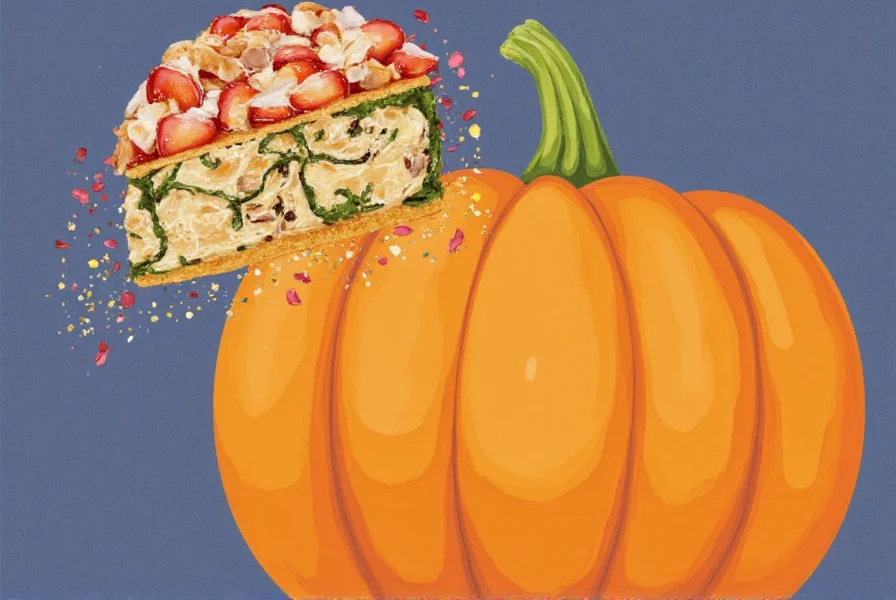
Pumpkin Spice Buying Guide: Find the Perfect Fit
With so many options out there, how do you choose the right pumpkin spice for your needs? Here's a breakdown to help you pick the best one based on features, advantages, use cases, target audience, and occasions:
- For Beginners:
- Recommended Product: McCormick Pumpkin Pie Spice
- Features: Affordable, easy-to-find, classic blend
- Advantages: Consistent flavor profile, trusted brand
- Use Cases: Baking, hot drinks, simple desserts
- Audience: First-time users, families, kids
- Occasions: Weekend breakfast, fall parties, baking events
- For Health-Conscious Foodies:
- Recommended Product: Frontier Co-op Organic Pumpkin Spice
- Features: USDA Organic certified, no additives
- Advantages: Natural, pure, sustainably sourced
- Use Cases: Vegan smoothies, organic desserts, gluten-free baking
- Audience: Vegans, wellness-focused individuals, eco-conscious shoppers
- Occasions: Clean eating challenges, health-focused gatherings
- For Gourmet Enthusiasts:
- Recommended Product: Kalustyan's Pumpkin Spice Blend
- Features: Premium spices, unique ingredient list including cardamom
- Advantages: Complex flavor profile, excellent for experimenting
- Use Cases: Spiced teas, exotic dishes, artisanal cocktails
- Audience: Chefs, home cooks, food bloggers
- Occasions: Dinner parties, culinary events, Instagram-worthy dishes
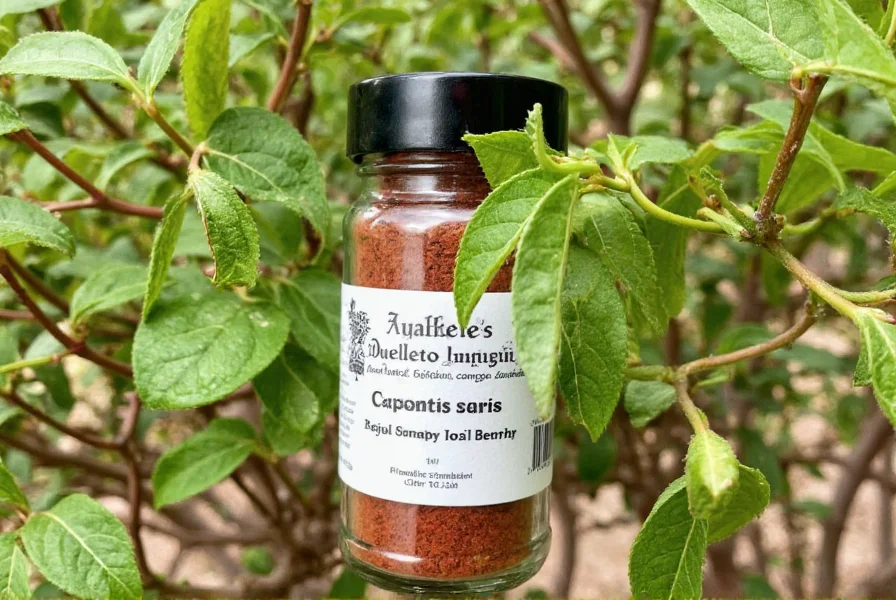
Creative Ways to Use Pumpkin Flavors Beyond Baking
Think pumpkin spice only belongs in desserts? Think again! Here are some unconventional yet delicious ways to enjoy pumpkin flavor:
- Spiced Popcorn: Sprinkle pumpkin spice over buttered popcorn for a fall-ready snack.
- Pumpkin Latte Smoothie: Blend cold brew coffee with milk, banana, pumpkin puree, and a dash of spice for a creamy treat.
- Spiced Oatmeal: Stir pumpkin spice into your morning oats along with maple syrup and sliced apple.
- DIY Body Scrub: Mix brown sugar, coconut oil, and pumpkin spice for an aromatic fall-scented scrub.
- Spiced Roasted Vegetables: Toss carrots or sweet potatoes with olive oil and pumpkin spice before roasting.
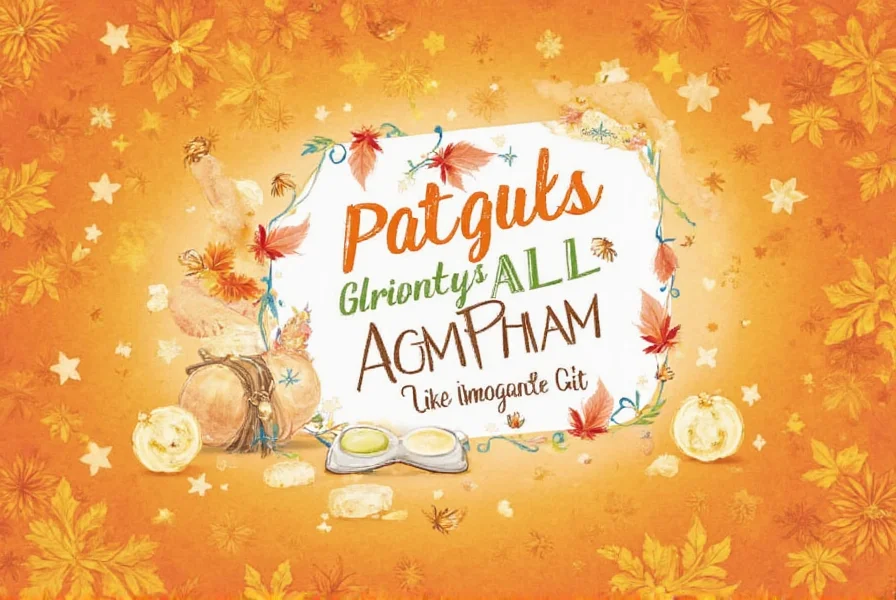
Frequently Asked Questions About Pumpkin Spice
Why is pumpkin spice so popular beyond just pumpkin recipes?
Pumpkin spice's popularity extends far beyond pumpkin-based recipes because the blend of cinnamon, nutmeg, ginger, allspice and cloves creates a warm, comforting flavor profile that works well with many ingredients. The spices complement dairy, coffee, baked goods, and even savory dishes. Its association with fall traditions and the emotional comfort it provides are major factors in its widespread appeal - hence the term "pumpkin flavor love" that many enthusiasts use.
Does pumpkin spice actually contain pumpkin?
No, pumpkin spice blends typically don't contain any actual pumpkin. The name refers to the traditional spice mix used in pumpkin pie recipes. The blend of cinnamon, nutmeg, ginger, allspice, and sometimes cloves or cardamom was created to complement pumpkin's natural flavor in pies, but the spices themselves don't include pumpkin.
How can I make my own pumpkin spice blend at home?
Creating your own pumpkin spice blend is simple and allows for customization. A basic recipe includes: 4 parts cinnamon, 2 parts ginger, 1 part nutmeg, 1 part allspice, and ½ part cloves. Mix these together in an airtight container. For a more personalized blend, adjust ratios to your taste - increase cinnamon for sweetness, ginger for warmth, or nutmeg for earthiness. Freshly ground spices will yield the most vibrant flavor.
Why does pumpkin spice make people feel nostalgic?
Pumpkin spice triggers nostalgia because it's strongly associated with seasonal traditions, particularly in North America. For many, the scent and taste evoke memories of family gatherings, holiday preparations, crisp autumn weather, and school routines. The psychological phenomenon known as "olfactory memory" means scents are powerfully linked to emotional memories, and the distinctive aroma of pumpkin spice has become culturally tied to feelings of comfort, community, and seasonal change.
Can I use pumpkin spice year-round, or is it just for fall?
Absolutely! While pumpkin spice is traditionally associated with fall, there's no reason you can't enjoy it year-round. Many people incorporate it into spring brunches, summer smoothies, or winter holiday baking. The key is using it appropriately for the season - lighter applications in warmer months (like in cold beverages or fruit salads) and heartier uses in cooler months. The emotional comfort of pumpkin spice can be enjoyed anytime you need a warm, familiar flavor.
What's the difference between pumpkin pie spice and pumpkin spice?
These terms are generally used interchangeably, though some manufacturers might have slight variations. Both refer to the same basic blend of warm spices (cinnamon, ginger, nutmeg, allspice) traditionally used in pumpkin pie. Some brands might include additional spices like cloves or cardamom in one version but not the other, but for practical cooking purposes, they can be used as direct substitutes.
Conclusion: Keep That Pumpkin Love Alive Year-Round
Pumpkin flavor isn't just for October—it's a versatile, heartwarming addition to your pantry that deserves a spot all year long. From homemade spice mixes to creative uses beyond the bakery, the journey of pumpkin flavor love is as much about discovery as it is about comfort.
So go ahead—experiment with blends, personalize your recipes, and share the joy of pumpkin spice with those around you. After all, isn't life better when it smells like cinnamon and clove?
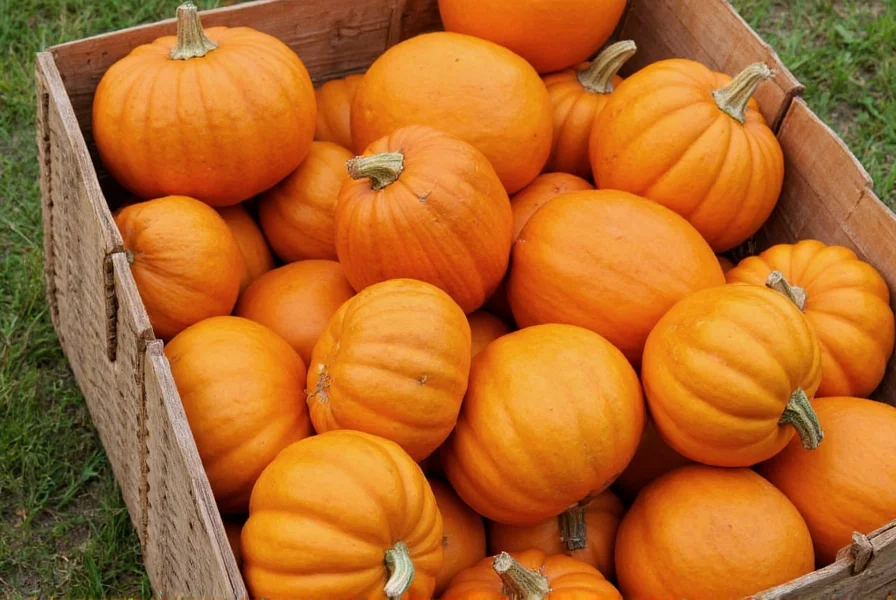

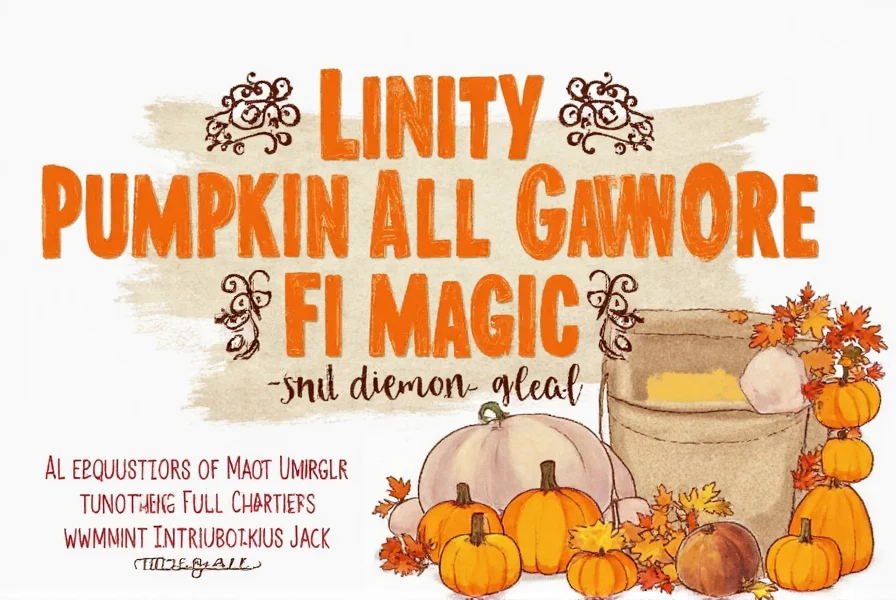









 浙公网安备
33010002000092号
浙公网安备
33010002000092号 浙B2-20120091-4
浙B2-20120091-4